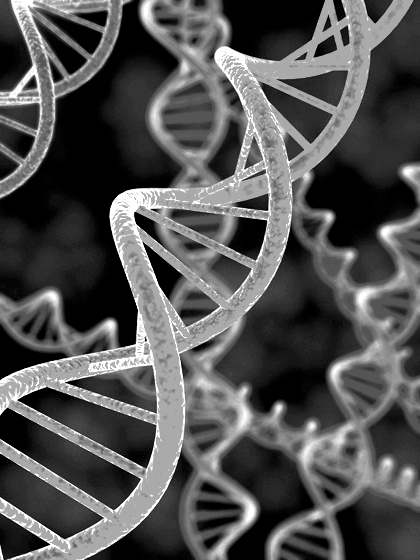DNA origins detailed
 The universal genetic code, shared by nearly all living organisms, may have evolved differently to the way scientists have long believed.
The universal genetic code, shared by nearly all living organisms, may have evolved differently to the way scientists have long believed.
A new study from the University of Arizona, published in the journal PNAS, suggests that early life first used smaller, simpler ingredients (amino acids) and added bigger, more complex ones later.
Surprisingly, sulfur-containing and metal-binding amino acids, which help with important chemical reactions, were included much earlier than scientists believed.
This challenges old ideas based on lab experiments, which left sulfur out.
Doctoral student Sawsan Wehbi, the study's first author, said the findings contradict the “consensus” model of genetic code evolution.
“We place metal-binding amino acids like cysteine and histidine, and sulfur-containing amino acids like methionine, earlier than previously thought,” the paper states.
The results highlight the importance of sulfur metabolism and metal-dependent catalysis in primitive life.
The study also casts doubt on the 1952 Urey-Miller experiment, which showed amino acids could form under simulated early Earth conditions. Because sulfur was excluded, scientists assumed sulfuric amino acids were late additions.
Senior author Joanna Masel, a professor of ecology and evolutionary biology, said this oversight may have led to flawed conclusions.
“The genetic code must have evolved in stages, and our results provide hints about how these stages unfolded,” Masel says.
Using a novel approach, the researchers analysed protein domains - short, functional sequences of amino acids - rather than full proteins.
By tracing amino acid enrichment back to the last universal common ancestor (LUCA), a population that existed around 4 billion years ago, the team identified over 400 families of ancient sequences.
Pre-LUCA data revealed an unexpected prevalence of aromatic amino acids, like tryptophan.
The findings also have implications for astrobiology.
Co-author Dante Lauretta, Regents Professor of Planetary Science, said the study offers insights into life beyond Earth.
“On sulfur-rich worlds like Mars, Enceladus, and Europa, this could refine how we search for biosignatures and microbial life,” Lauretta says.
“We are beginning to see a clearer picture of how life’s fundamental processes emerged,” Wehbi said.







 Print
Print


